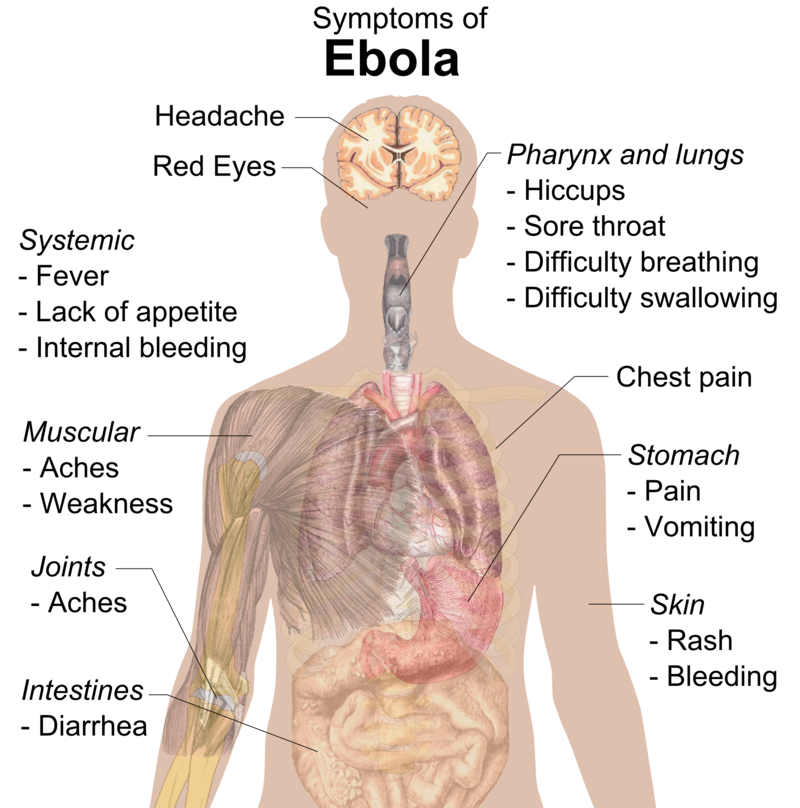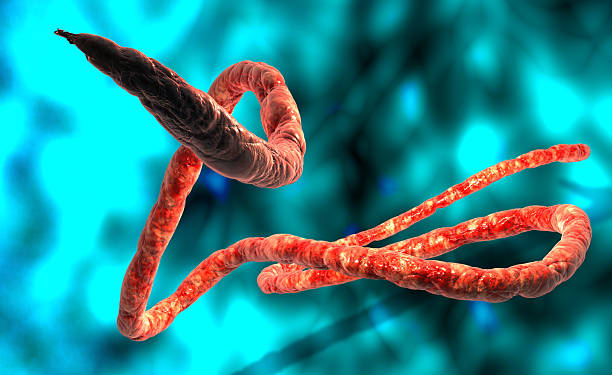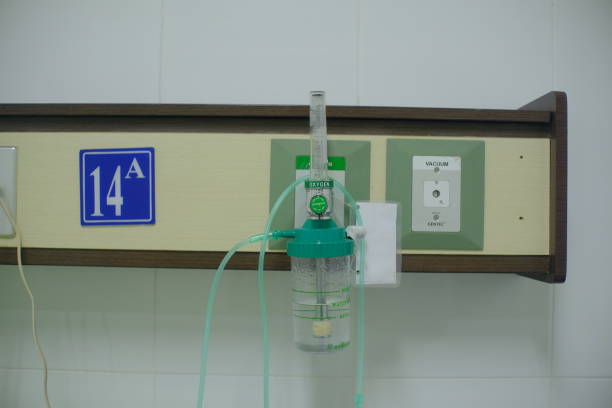
The Ebola virus disease (EVD) is a potentially fatal illness caused by one of five strains of the Ebola virus. It is an infectious and highly contagious disease that can be transmitted through contact with an infected person's bodily fluids. Symptoms of EVD include fever, severe headache, muscle pain, fatigue, diarrhea, vomiting and unexplained bleeding or bruising. Early diagnosis and prompt treatment are essential for survival. Prevention of EVD includes washing hands frequently, avoiding contact with infected individuals, and taking precautions when caring for individuals with suspected EVD. Treatment for EVD includes supportive care such as rehydration, oxygen therapy, and nutritional support. In addition, antiviral drugs and vaccines have been developed to combat the virus. This overview will provide an in-depth look at the symptoms, prevention and treatment of EVD.
What is Ebola Virus Disease (EVD)?
EVD is a deadly disease caused by one of five strains of the Ebola virus. There are two known species of Ebola: Zaire and Sudan. The Zaire species was responsible for two major outbreaks of EVD in 1976 in Zaire (now the Democratic Republic of Congo) and in 2014-2015 in West Africa. The Sudan species was responsible for an outbreak in South Sudan in 2008. The incubation period for EVD varies from two to 21 days. This means that an infected person can transmit the virus to others 21 days after first showing symptoms of the disease. Transmission of the Ebola virus occurs through direct contact with an infected person's bodily fluids such as blood, semen, urine, saliva, and sweat. These fluids can transmit the virus through broken skin or mucous membranes in the eyes, nose, or mouth.
Reference
Symptoms of EVD
Early diagnosis and prompt treatment are essential for survival. The following are the most common symptoms of EVD. Ebola virus disease (EVD) is a severe, often fatal illness that affects humans and nonhuman primates (such as monkeys, gorillas, and chimpanzees). The symptoms of EVD can appear suddenly within 2 to 21 days after exposure to the virus, although 8-10 days is most common.The most common symptomsof EVD include
- Fever
- Severe headache
- Muscle pain
- Weakness
- Diarrhea
- Vomiting
- Abdominal (stomach) pain
- Lack of appetite

Other symptoms that may occur include:
- Rash
- Red eyes
- Chest pain and cough
- Sore throat
How is EVD Transmitted?
Ebola virus disease (EVD) is transmitted through direct contact with the blood, secretions, organs, or other bodily fluids of infected animals, such as monkeys, gorillas, and fruit bats. It can also be transmitted to humans through contact with objects contaminated with the virus, such as needles.
In humans, the virus is transmitted through direct contact with the blood, secretions, organs, or other bodily fluids of infected people, or through contact with surfaces or materials (such as bedding or clothing) that have been contaminated with these fluids.
EVD is not transmitted through the air, and it is not a foodborne illness. It is also not transmitted through casual contact, such as shaking hands or sitting near an infected person.
It is important to practice good hygiene, such as washing your hands frequently and avoiding contact with infected people, to reduce the risk of transmission.
Prevention ofEVD
Ebola virus disease (EVD) is a serious and potentially fatal illness that is caused by the Ebola virus. There is currently no specific treatment for EVD, so prevention is critical. Some measures that can help prevent the spread of EVD include:
- Avoid Contact with Infected Individuals: Avoid contact with infected individuals since they are likely to be infectious, even if they do not have symptoms.
- Avoid Contact with Body Fluids: Avoid contact with blood, semen, urine, and saliva of infected individuals.
- Washing Hands: Wash hands frequently with soap and water or use an alcohol-based hand sanitizer.
- Avoid Traditional Practices: Avoid traditional practices, such as burial ceremonies, that result in direct contact with the blood or tissues of an infected person.
- Disinfect Environment: Disinfect your surroundings after an infected person has been in the area. This is particularly important in health care settings, such as hospitals, where infected individuals have been treated.
Reference
Treatment of EVD
The following are the most common treatments for EVD. Early diagnosis and prompt treatment are essential for survival.
- Rehydration: Rehydration is important for all patients, particularly those with diarrhea.
- Oxygen Therapy: Oxygen therapy may be helpful in patients with respiratory symptoms including difficulty breathing.
- Nutritional Support: Nutritional support may be necessary in patients with symptoms of muscle weakness.
- Anti-inflammatory Medication: Anti-inflammatory medications, such as ibuprofen, can help reduce fever, swelling, and pain.
- Antiviral Drugs: Drugs may be used to treat EVD in addition to other supportive measures. These antiviral drugs have been found to be effective against certain strains of the Ebola virus.
Antiviral Drugs and Vaccines for EVD
- ZMapp: ZMapp is a combination of three monoclonal antibodies (mAbs) that was used to treat two American health care workers who contracted EVD while treating patients in West Africa. Dr. Kent Brantly and Dr. Rick Sacra were given ZMapp after the standard treatment failed. Unfortunately, Dr. Brantly died of the infection, but Dr. Sacra survived. ZMapp is being used in compassionate cases and has not yet been approved by the Food and Drug Administration (FDA).
- Favipiravir: Favipiravir is a new antiviral drug that is being studied for its use against the Ebola virus. It is not currently available for use in the United States.
Supportive Care for EVD
- Hydration: Patients with diarrhea should be hydrated with oral or intravenous fluids, if necessary.
- Oxygen: Patients with difficulty breathing should be given oxygen.
- Nutritional Support: Patients with muscle weakness should be given nutritional support.
- Pain Medication: Patients with fever or pain should be given anti-inflammatory medications, such as ibuprofen, as needed.
- Close Monitoring: Patients should be monitored for other health concerns that may occur as a result of the Ebola virus.
Conclusion
The Ebola virus disease is a potentially fatal illness caused by one of five strains of the Ebola virus. Early diagnosis and prompt treatment are essential for survival. Prevention of EVD includes washing hands frequently, avoiding contact with infected individuals, and taking precautions when caring for individuals with suspected EVD. Treatment for EVD includes supportive care such as rehydration, oxygen therapy, and nutritional support. In addition, antiviral drugs and vaccines have been developed to combat the virus. This article will provide an in-depth look at the symptoms, prevention and treatment of EVD.
Reference:
https://www.cdc.gov/vhf/ebola/symptoms/index.html
https://www.cdc.gov/vhf/ebola/prevention/index.html
https://www.webmd.com/a-to-z-guides/ebola-fever-virus-infection
https://www.google.com/amp/s/www.news-medical.net/amp/news/20221220/Trial-of-three-vaccines-for-Zaire-Ebola-virus-disease.aspx
https://en.m.wikipedia.org/wiki/Ebola



Thanks for your contribution to the STEMsocial community. Feel free to join us on discord to get to know the rest of us!
Please consider delegating to the @stemsocial account (85% of the curation rewards are returned).
Thanks for including @stemsocial as a beneficiary, which gives you stronger support.
Congratulations @bd-cryptotrader! You have completed the following achievement on the Hive blockchain And have been rewarded with New badge(s)
Your next target is to reach 20000 upvotes.
You can view your badges on your board and compare yourself to others in the Ranking
If you no longer want to receive notifications, reply to this comment with the word
STOPCheck out our last posts:
Support the HiveBuzz project. Vote for our proposal!